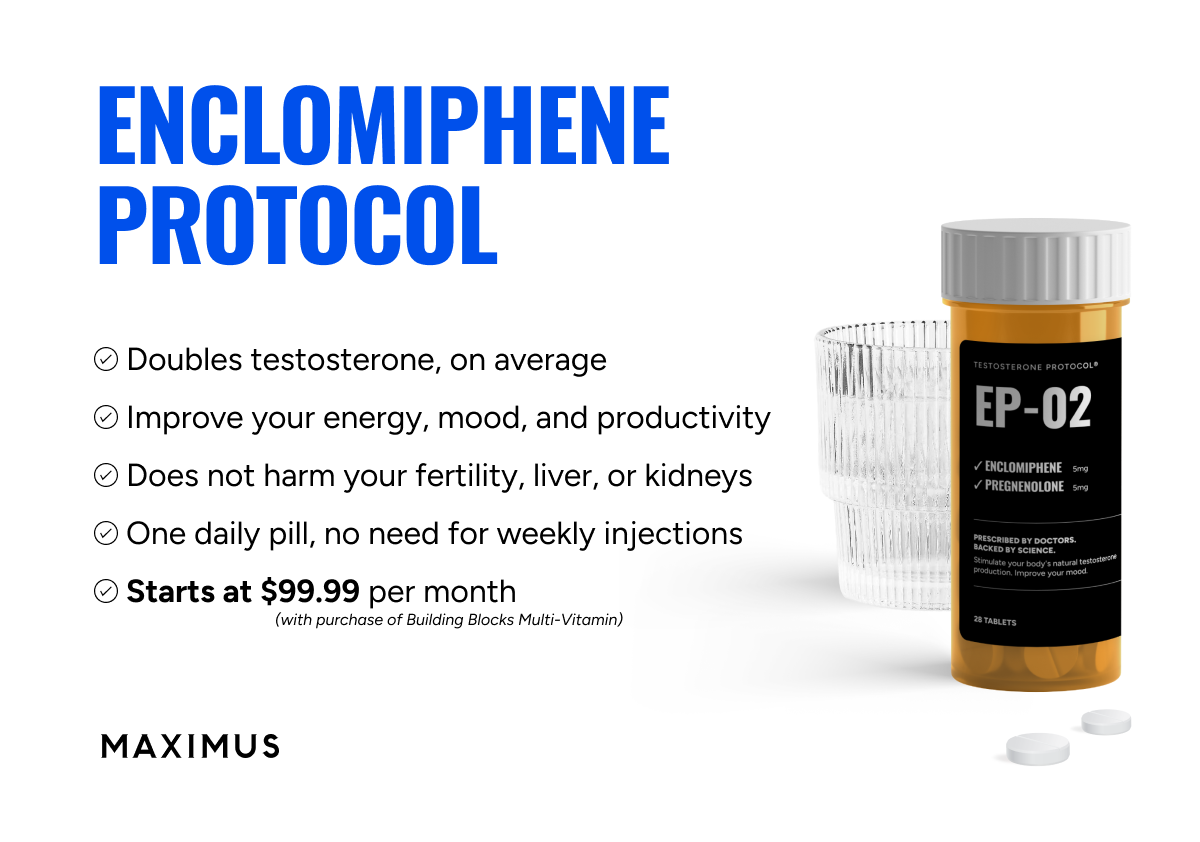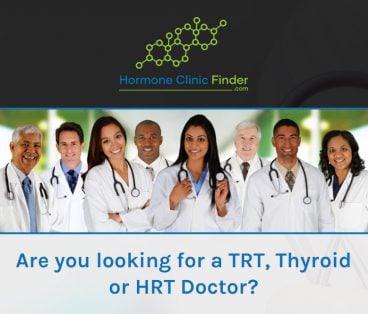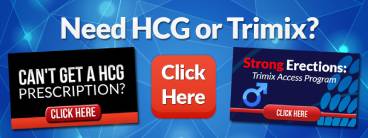madman
Super Moderator
* The hCG treatment typically involved Ovitrelle, a single-dose injection pen containing 250 mcg of recombinant hCG, equivalent to 6,500 IU, which could be administered in multiple smaller doses (increments of 10 mcg = 260 IU). The standard treatment protocol consisted of three injections of 520 to 1,040 IU per week, though variations on this protocol were possible based on patient-specific factors such as cost considerations, past experience with hCG (e.g., side effects), urgency of achieving conception, and patient preferences.. Besides hCG treatment, athletes were advised to stop the use of high dose androgen cycles and transition to a maintenance dose of 125–150 mg of a testosterone ester (usually enanthate) per week, which the athletes obtained through their usual underground channels.
* This retrospective analysis suggests that hCG can improve spermatogenesis in the majority of men who continue to use non-prescribed androgens. However, a significant proportion remained oligospermic or azoospermic despite treatment, highlighting that hCG is not universally effective.
MATERIALS AND METHODS
The retrospective analysis included all cases from the founding of the clinic in April 2023 until July 2024, when this analysis was conducted. Cases were eligible for inclusion if they met the following criteria: 1) the individual and their partner expressed an active desire to have children during treatment or intended to start trying to conceive within one year of commencing treatment; 2) they had been using androgens for at least three months at the time of the initial clinic visit and had not recently, i.e. in the past 3 months, used hCG; 3) they were unwilling to cease androgen use in an effort to restore fertility or had failed to do so successfully before; and 4) they consented to treatment with hCG. The hCG treatment typically involved Ovitrelle, a single-dose injection pen containing 250 mcg of recombinant hCG, equivalent to 6,500 IU, which could be administered in multiple smaller doses (increments of 10 mcg = 260 IU). The standard treatment protocol consisted of three injections of 520 to 1,040 IU per week, though variations on this protocol were possible based on patient-specific factors such as cost considerations, past experience with hCG (e.g., side effects), urgency of achieving conception, and patient preferences.. Besides hCG treatment, athletes were advised to stop the use of high dose androgen cycles and transition to a maintenance dose of 125–150 mg of a testosterone ester (usually enanthate) per week, which the athletes obtained through their usual underground channels. This approach aimed to mitigate withdrawal symptoms while minimizing suppression of spermatogenesis. None of the men reported use of other anabolic steroids. Sperm analysis was performed at baseline and then again after three to six months, with the specific timing depending largely on the athlete's schedule.
While our study provides valuable insights, several limitations must be acknowledged. First, the study is retrospective in nature and lacked randomization and a control group. The absence of follow-up sperm analyses prevents us from assessing the long-term sustainability of the observed improvements in TSC, particularly if hCG treatment is discontinued. We also cannot exclude the possibility of later declines in semen parameters, although there is little reason to assume this would occur. The small sample size and the homogeneity of the study population, i.e. all participants were from a single clinic, further limit the generalizability of these findings to a broader population. In addition, our analysis did not include important factors such as the presence of varicocele and testicular size, which may have influenced the variability in response to hCG therapy. All participants in this analysis continued a maintenance dose of testosterone while using hCG, leaving it unclear whether similar results would be observed in men undergoing high-dose androgen cycles. Finally, the focus on TSC and TMSC as the primary outcome meant that other crucial parameters of sperm health, such as morphology, were not included in the analysis. The study of Karila et al. (2004), for instance, found that higher hCG dose was associated with a higher amount of morphologically abnormal spermatozoa [20]. Qualitative sperm parameters are also essential to fertility and should be evaluated in future studies to provide a more comprehensive understanding of the impact of hCG therapy.
Future research should also focus on prospective, randomized controlled trials to confirm our findings and further explore the mechanisms underlying individual variability in response to hCG treatment in this particular population. Different dosing regimens should be experimented, the time to optimal effect should be assessed, as well as the combined use of hCG with other therapies, such as recombinant follicle-stimulating hormone (r-FSH).
CONCLUSIONS
This retrospective analysis suggests that hCG can improve spermatogenesis in the majority of men who continue to use non-prescribed androgens. However, a significant proportion remained oligospermic or azoospermic despite treatment, highlighting that hCG is not universally effective. These findings support the cautious incorporation of hCG therapy into harm reduction strategies for this population, while emphasizing the need for individualized counseling to ensure realistic expectations. Further research is required to refine treatment protocols, explore long-term outcomes, and identify factors that influence individual responses to hCG therapy
* This retrospective analysis suggests that hCG can improve spermatogenesis in the majority of men who continue to use non-prescribed androgens. However, a significant proportion remained oligospermic or azoospermic despite treatment, highlighting that hCG is not universally effective.
MATERIALS AND METHODS
The retrospective analysis included all cases from the founding of the clinic in April 2023 until July 2024, when this analysis was conducted. Cases were eligible for inclusion if they met the following criteria: 1) the individual and their partner expressed an active desire to have children during treatment or intended to start trying to conceive within one year of commencing treatment; 2) they had been using androgens for at least three months at the time of the initial clinic visit and had not recently, i.e. in the past 3 months, used hCG; 3) they were unwilling to cease androgen use in an effort to restore fertility or had failed to do so successfully before; and 4) they consented to treatment with hCG. The hCG treatment typically involved Ovitrelle, a single-dose injection pen containing 250 mcg of recombinant hCG, equivalent to 6,500 IU, which could be administered in multiple smaller doses (increments of 10 mcg = 260 IU). The standard treatment protocol consisted of three injections of 520 to 1,040 IU per week, though variations on this protocol were possible based on patient-specific factors such as cost considerations, past experience with hCG (e.g., side effects), urgency of achieving conception, and patient preferences.. Besides hCG treatment, athletes were advised to stop the use of high dose androgen cycles and transition to a maintenance dose of 125–150 mg of a testosterone ester (usually enanthate) per week, which the athletes obtained through their usual underground channels. This approach aimed to mitigate withdrawal symptoms while minimizing suppression of spermatogenesis. None of the men reported use of other anabolic steroids. Sperm analysis was performed at baseline and then again after three to six months, with the specific timing depending largely on the athlete's schedule.
While our study provides valuable insights, several limitations must be acknowledged. First, the study is retrospective in nature and lacked randomization and a control group. The absence of follow-up sperm analyses prevents us from assessing the long-term sustainability of the observed improvements in TSC, particularly if hCG treatment is discontinued. We also cannot exclude the possibility of later declines in semen parameters, although there is little reason to assume this would occur. The small sample size and the homogeneity of the study population, i.e. all participants were from a single clinic, further limit the generalizability of these findings to a broader population. In addition, our analysis did not include important factors such as the presence of varicocele and testicular size, which may have influenced the variability in response to hCG therapy. All participants in this analysis continued a maintenance dose of testosterone while using hCG, leaving it unclear whether similar results would be observed in men undergoing high-dose androgen cycles. Finally, the focus on TSC and TMSC as the primary outcome meant that other crucial parameters of sperm health, such as morphology, were not included in the analysis. The study of Karila et al. (2004), for instance, found that higher hCG dose was associated with a higher amount of morphologically abnormal spermatozoa [20]. Qualitative sperm parameters are also essential to fertility and should be evaluated in future studies to provide a more comprehensive understanding of the impact of hCG therapy.
Future research should also focus on prospective, randomized controlled trials to confirm our findings and further explore the mechanisms underlying individual variability in response to hCG treatment in this particular population. Different dosing regimens should be experimented, the time to optimal effect should be assessed, as well as the combined use of hCG with other therapies, such as recombinant follicle-stimulating hormone (r-FSH).
CONCLUSIONS
This retrospective analysis suggests that hCG can improve spermatogenesis in the majority of men who continue to use non-prescribed androgens. However, a significant proportion remained oligospermic or azoospermic despite treatment, highlighting that hCG is not universally effective. These findings support the cautious incorporation of hCG therapy into harm reduction strategies for this population, while emphasizing the need for individualized counseling to ensure realistic expectations. Further research is required to refine treatment protocols, explore long-term outcomes, and identify factors that influence individual responses to hCG therapy














